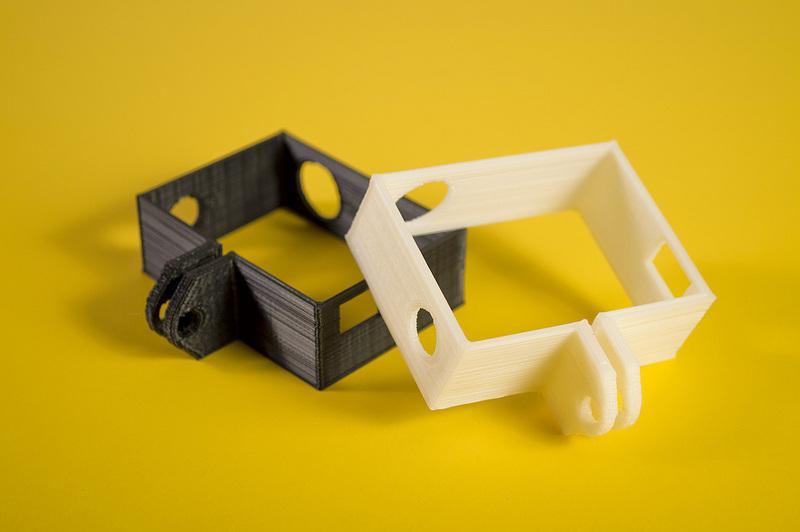Next... In 3D Printing (written in 2014)
3D Printing: Still in its infancy
When 3D Printing began in 1986 we were told that the future of the device would see every home equipped with one so that we could print out the broken widget to the malfunctioning electrical appliance, or the missing part to complete your 1964 Aston Martin DB5 kit car project, which has long since become unavailable.
However, as with most inventions, commercial concerns take a project and runs with it. This is what Futurists often overlook – Yes, we can have a MagLev Train running under the Atlantic Ocean connecting New York to London. No, it won’t happen because no-one will be able to afford to pay for its construction. These commercial concerns inevitably stall, or even halt the march of development and innovation, which is why the world does not progress as fast as it could. 3D Printing is still sufficiently infant to have its future defined by commercial possibilities, which include the following possibilities.
3D Printing: Emerging TechnologiesAmong others, the Staples stationery chain have been researching the use of paper in 3D printing. It is not a retrograde step, as the phrase would imply, but instead, the process uses a model printed in paper that is then covered in ceramic. The paper is then removed and metal is poured into the space previously occupied by the paper.
Article LINK 1 Article LINK 2 Adding that process to the aforementioned Laser Sintering process, and it is easy to see the little grey cells are working over time, and the scientists and developers of the technology are hurtling along at a rapid rate to find the technology that will emerge as the front runner in the process. It is believed that within ten years home ownership will occur as the quality of the technology and materials improves and prices fall. Mainly, it will be because the printing software and patterns will open up a world of possibilities.
At this stage, the technology has not moved on significantly from its invention to allow for definite predictions, but it undoubtedly has a future. For example, light manufacturing will reduce costs significantly, shops that provide modelling will be able to make custom made figurines available in their stores. A New Zealand guitar manufacturer has started selling £D printed guitars for $3,000 each.
Gun Control lobbyists also have a new battle on their hands, as someone has already designed a 3D semi automatic! Article Link |
Summer 2013 3D Printing: How To Get StartedAnyone can do it, and as of the summer of 2013, these machines, software and marketplaces were the most up to date.
MachineThe Cube 3D Home Printer is £1,500. You can learn more by clicking on the image above.
The UP! Plus Personal Portable 3D Printer is £1,900, and again you can learn more by licking on the image above.
SoftwareYou can turn ordinary photographs into 3D objects. Honest!
LINK There are easy to use 3D software packages. LINK MarketplaceSo, you have your 3D Printer, you have the software, you have designed your amazing artwork and have given all your samples to friends and family. Maybe other people might like to buy your wares. You can sell them at the following links.
LINK LINK Summer 2023 Fast forward a decade and already realised technology may well provide us with the technology that all of this is really a prelude to:
Biotechnology companies and scientists are studying tissue enginnering and associated research methodologies to take us doen a path that could elad to 3D bioprinting. We could be talking about organs and body parts. If anything, it could be easier to master the layering of cells than 3D model printing. Dr Frankenstein has already taken out the worldwide patents. |





